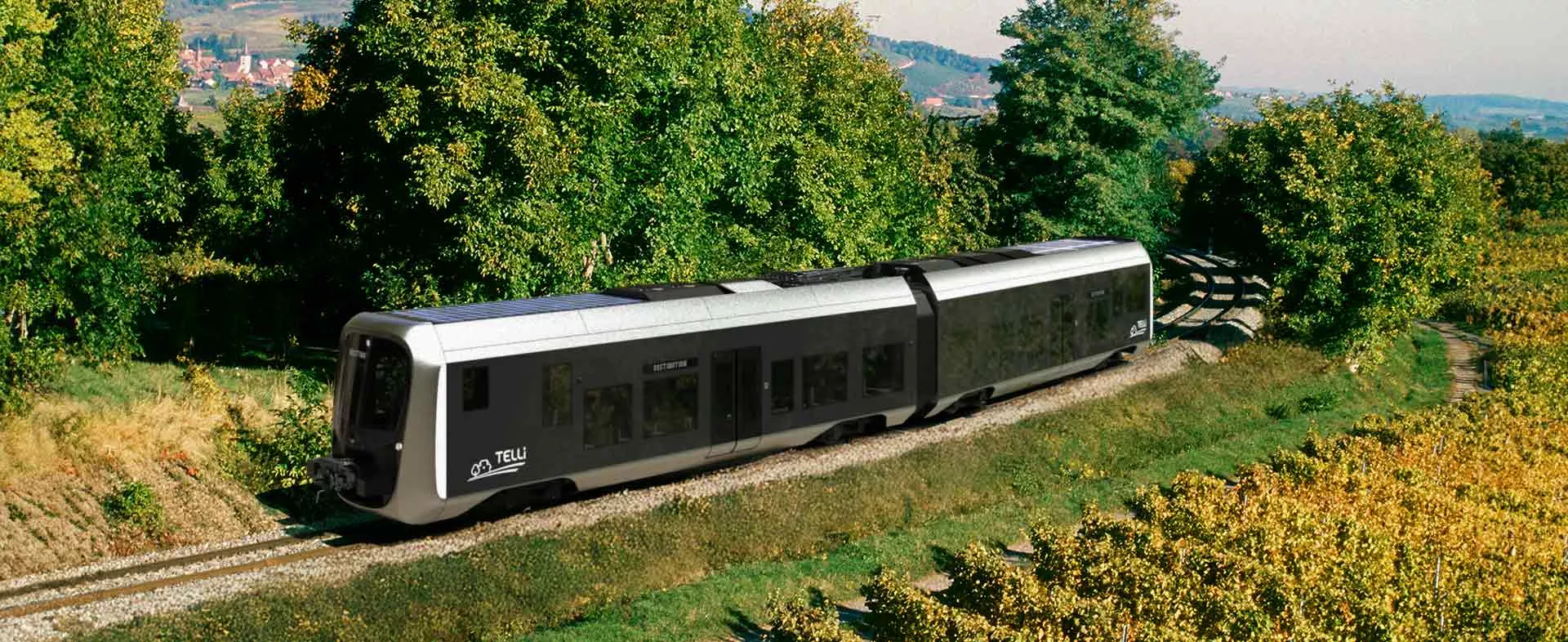
Local mobility for all
We take innovation everywhere—even into remote areas—because a growing rail network is the cornerstone of tomorrow’s public transport. Learn more about our experiments in public transport solutions for rural and low-density communities.
Fine-tune your content
Short versionAt SNCF, we see mobility as one answer to today’s social and economic challenges. We’re developing innovative, customized solutions for our least trafficked lines—even in areas with no rail service at all.
To round out our existing TER regional service, we’re developing new offers that cater to the needs of each community. Innovative light trains, public mobility and shared mobility can expand the reach of classic rail and deliver customized solutions to everyone, even in small communities.
Rural mobility solutions
To present a credible alternative to private cars, rail must reach into every part of France—even the least populated. To meet this challenge, we’ve launched 5 pilots with complementary aims:
- TELLi1, our train meant to revitalize small lines connected to the main network
- DRAISY, our light train designed to run on dedicated rural lines and serve small stations connected to the main network
- FLEXY, our rail-road shuttle system that brings new life to the least-trafficked lines
- Ma Course SNCF and JYVAIS, our transport-on-demand services aimed at developing new public mobility concepts that link to rail
- MASIPRO, our platform designed to build an autonomous public mobility system on converted rail land
- Rural mobility stations, designed to get rural communities interested in shared and active transport solutions
Innovation at the service of regions
Innovations for small lines
Some of the TER regional trains that currently run on the shorter lines are too big for the number of passengers they carry, in terms of both transport capacity and the costs of operating and maintaining them. That’s why we’re developing with our partners projects TELLi, DRAISY and FLEXY.
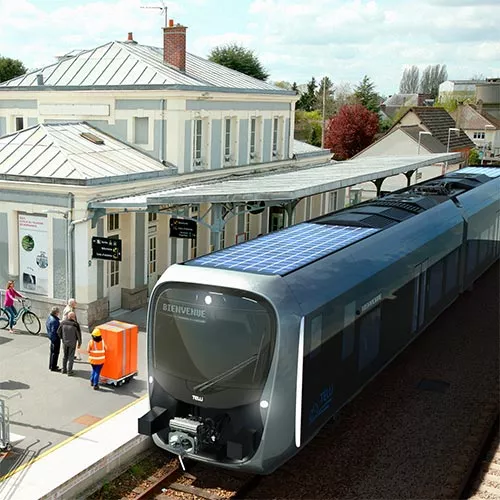
TELLi
Developed as part of our Tech4Rail2 innovation programme, the TELLi Innovative Train has 70 seats and is designed to meet the needs of select small lines connected to the main rail network. Thanks to its approach that includes rolling stock, infrastructure, operation and services, this project aims to keep overall costs under control in order to allow for more trains to run on the suburban and rural lines.
Why “Innovative”?
We’re building a railcar3 that weighs less than a conventional TER to deliver 2 key benefits:
- reduce track wear
- use digital technology to lighten the demands of traffic management while meeting the highest safety standards
For regional governments, the benefits are clear: lower operating and maintenance costs, and reduced CO2 emissions, plus outstanding service, passenger comfort and on-time arrivals. Trials for the digital signalling started in 2025.
TELLi is funded by ADEME, France’s Agency for Ecological Transition, under the France 2030 national investment plan.
Light trains for the smallest lines
To supplement our classic rail service, we’re exploring innovative ideas that could offer effective rail solutions for lines with little or no current service. As part of our Tech4Mobility4 innovation programme, we’re working on 2 new “Light train” projects: DRAISY5 and FLEXY6. Both adapt automotive technologies and solutions to the world of rail, offering new, lower-capacity rolling stock that will complement both today’s TERs and tomorrow’s TELLis.
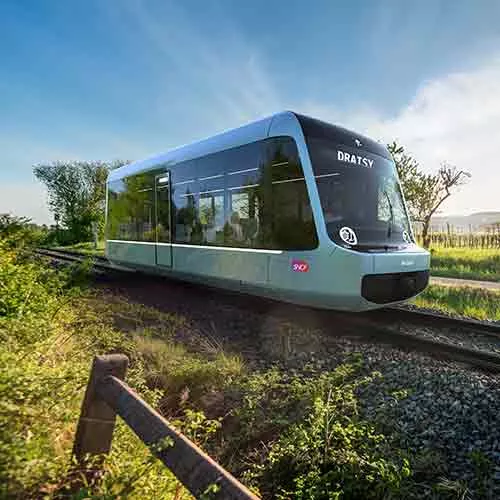
DRAISY
The DRAISY light train will seat 30 passengers and run on dedicated tracks or on tracks used for freight transport. Thanks to its innovations in terms of rolling stock, infrastructure, operations and regulations, it will reduce overall costs, increase the number of trains running and revitalize the lines it serves.
Innovative design
We’re also bringing innovation into the design process for these railcars3. By using new technologies and materials from the automotive sector, we’re reducing DRAISY’s weight to reduce track wear and cut maintenance costs. With its electric power system and battery-based onboard energy storage, DRAISY will also shrink the rail sector’s environmental footprint.
We expect to run experiments on a pilot regional line in Grand Est in 2027. DRAISY is funded in part by ADEME, under the France 2030 investment plan.
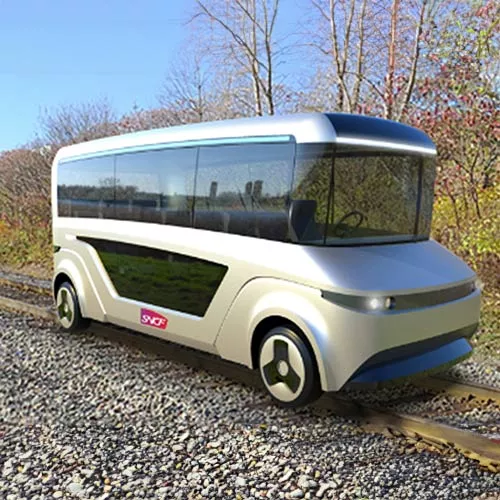
FLEXY
The FLEXY road-rail shuttle system is designed to give a second life to lines that are no longer in use and whose traffic potential is too small for even a light rail service.
Rail-road system and very fine service
With 12 seats, each FLEXY shuttle will run on rail at up to 70 km/h and 80 km/h on road, and will be able to join the road network to serve stations and towns along the line thanks to its dual-function wheels. The first trials are scheduled for 2026 on a pilot line in Burgundy-Franche-Comté.
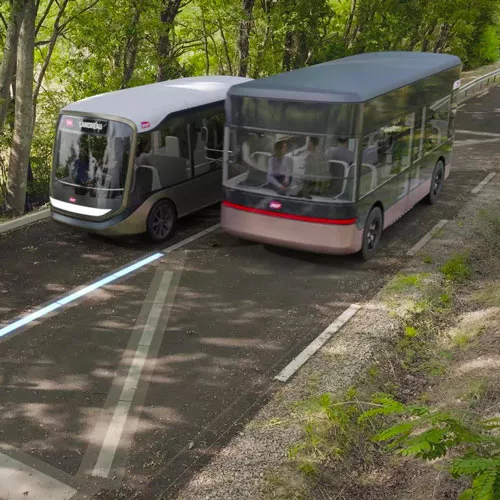
MASIPRO—our autonomous road shuttles
Led by Tech4Mobility4 with support from Bpifrance, this project aims to bring more flexible and accessible public transport to suburban and rural communities.
Autonomous robotic minibuses set to begin trials in 2027
In 2027, a high-performance autonomous public transport service will be tested in Carquefou, a town near Nantes in northwest France. A fleet of driverless, personnel-free vehicles will operate under real-world conditions, reaching speeds of up to 70 km/h on a repurposed railway line. The 4-km route is unique in France and features all the infrastructure needed ensure the rapid deployment of a safe, efficient pilot service.
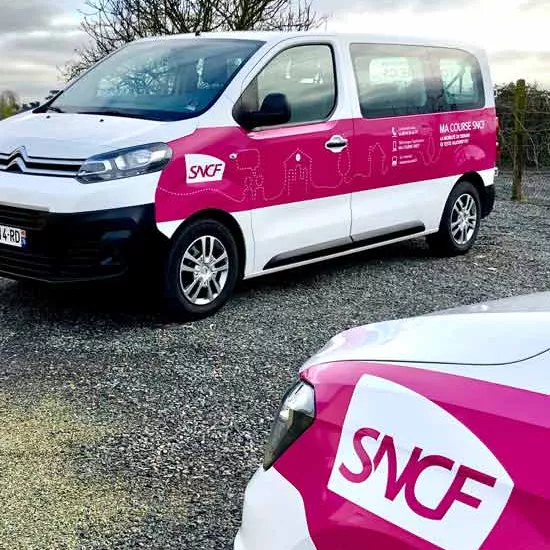
Ma Course SNCF and JYVAIS—an alternative to private cars
From February 2021 to July 2022, we piloted our Ma Course SNCF car-sharing service in 5 small towns in north-western France. The aim was to make daily travel easier for people in sparsely populated areas and reduce reliance on private cars. All 5 towns were in the Sarthe area, with Château-du-Loire the nearest rail station. Building on this success, the project evolved into JYVAS from May to October 2024. This new phase was in partnership with the Seine-et-Marne department and focused on residents in the Pays de Meaux and Pays de l’Ourcq areas. Supported by public transport authority Île-de-France Mobilités, JYVAIS aimed to simplify daily travel and provide access to cultural and sports events. It also connected residents to Transilien’s P line, which serves the Vaires-sur-Marne sports complex—a venue for water sports during the Paris 2024 Olympics. The project’s innovative approach earned it the Territoires de Nouvelles Mobilités Durables prize awarded by France Mobilités and ADEME.
98% customer satisfaction
Results for this experiment, carried out as part of our Tech4Mobility4 programme have been positive:
- 350 journeys per month in the first half of 2022
- 98% customer satisfaction
- 40% of journeys were made to or from the local TER station
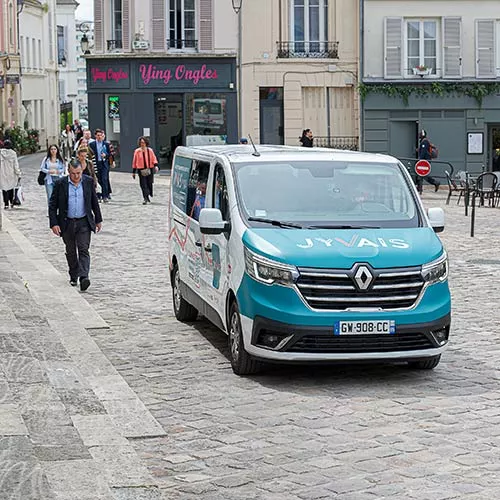
5,621 rides delivered by JYVAIS
Surveys show that the pilot run from May to October 2024—serving five towns in two areas of Seine-et-Marne—was popular with residents:
- 64% of users would not have travelled to a station without JYVAIS
- 6,988 passengers used the service
- 48 communes were involved in the trial
Rural mobility stations: promoting shared mobility option in rural areas
Conceived by Tech4Mobility, Rural mobility stations are currently being tested in France. The goal: to encourage local residents to shift from private cars to bicycles, car sharing and other soft mobility options.
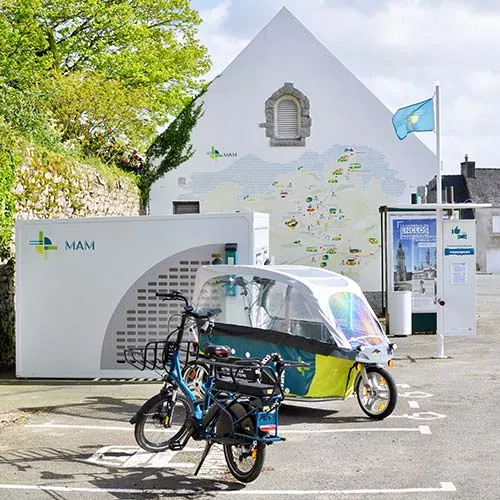
Street furniture made especially for rural areas
How can we encourage people in rural communities to use shared mobility solutions for their everyday trips? That’s the whole point of the Rural mobility stations experimented in two villages in Finistère, northwest France. Designed by AREP specifically for rural areas, these stations feature innovative, alternative transport options: cargo bikes, long tail bikes, electric cars and even flagpoles, marking them as designated spots for hitchhiking and car-sharing. This innovative shared mobility infrastructure aims to challenge the entrenched rural habit of using private cars for short trips.
ACTIMOB: the truck that brings together shops and public services
Tested in Brittany until the end of summer 2025 as part of our Tech4Mobility programme, this mobile multi-service truck brings shops and public services closer to people living in rural areas.
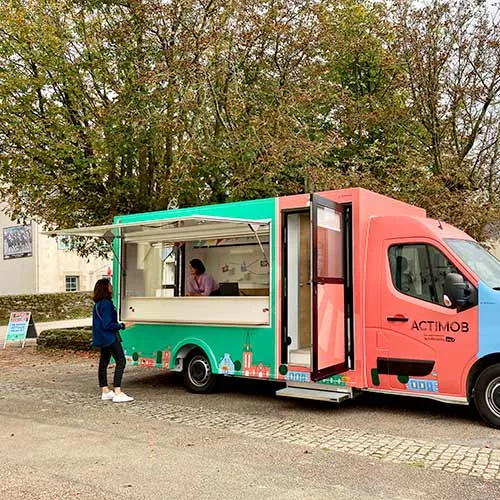
A vehicle and a booking platform
ACTIMOB—short for “mobile activities”—is a multi-service truck that travels to 19 villages in the Pays de Landivisiau federation of municipalities in Finistère, northwest France. It brings shops and public services directly to residents in rural areas. Through an online platform, businesses and service providers can book the truck to bring their products and services to rural communities.